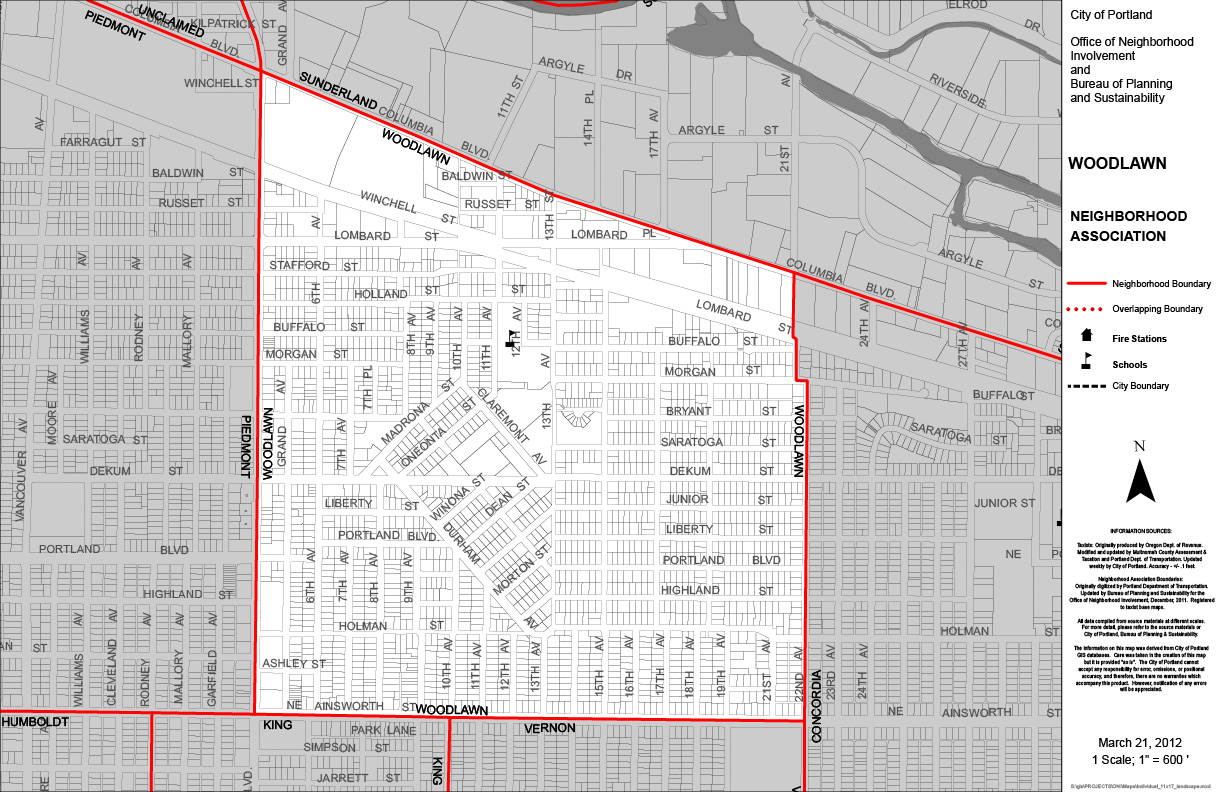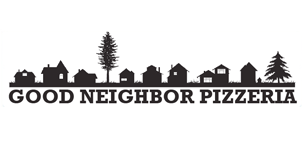Our Woodlawn
Our History
Settled in the 1860s during the last few years of the Civil War, the area that today makes up the Woodlawn Historic District was just an outlying rural farming village. An unincorporated area considered part of Albina even though we were outside what was considered the city of Albina. In 1880, the railroad running from Portland to Vancouver, Washington located a train station here; by 1890, we were finally plotted on the map as “Woodlawn.” You can read more of our history in Portland’s Woodlawn Neighborhood by neighborhood resident/historian, Anjala Ehelebe.
Our Mission
The Woodlawn Neighborhood Association helps to create and support a thriving environment for business and community by building partnerships, supporting sustainable growth, and creating opportunities for neighborhood fellowship.
Getting Involved

Portland’s Woodlawn neighborhood has transformed from a small autonomous city at the end of the streetcar line to a large, firmly middle-class district of mostly midsized post–World War II homes and a few notable Victorian gingerbread-trimmed houses—former farmhouses that once sat on muddy streets. Woodlawn’s quirky angled streets remind residents of a time when the streetcar depot was a major feature of the city. Today an excellent bus service has replaced the streetcars, but most neighbors still enjoy the sounds of the trains at the bottom of the bluff bringing grain to the shipyards and the sweet fragrances wafting down from the cookie factory. The movie theater and firehouse are still standing, but both now serve different purposes. This is a neighborhood where new families are made welcome by the current ones, and where a new generation of volunteers is planning a vital and compassionate neighborhood.
Land Acknowledgment and Guiding Principles
Woodlawn Neighborhood Association would like to acknowledge that the land we live and meet on is unceded territory, originally home to Indigenous peoples such as the Cayuse, Umatilla, and Walla Walla; Cowlitz and Clackamas; Confederated Tribes of Grand Ronde; and Confederated Tribes of Siletz. Further, we recognize that over the last 200 years, Woodlawn has been home to Black and immigrant communities (including Greek, Japanese, Romany, Scandinavian, and Tonga Islanders), as well as LGBTQIA and disabled individuals, many of whom have been disproportionately affected and displaced by systemically racist policies and gentrification. While we cannot undo the past, we are here to actively work towards a community that is kind, equitable, and inclusive; where the things that make us different and unique are celebrated; where cultures and ideas are exchanged; and we feel a sense of belonging with our neighbors. We may not always agree, but these are our guiding principles because our diverse community is strongest when we work together.






